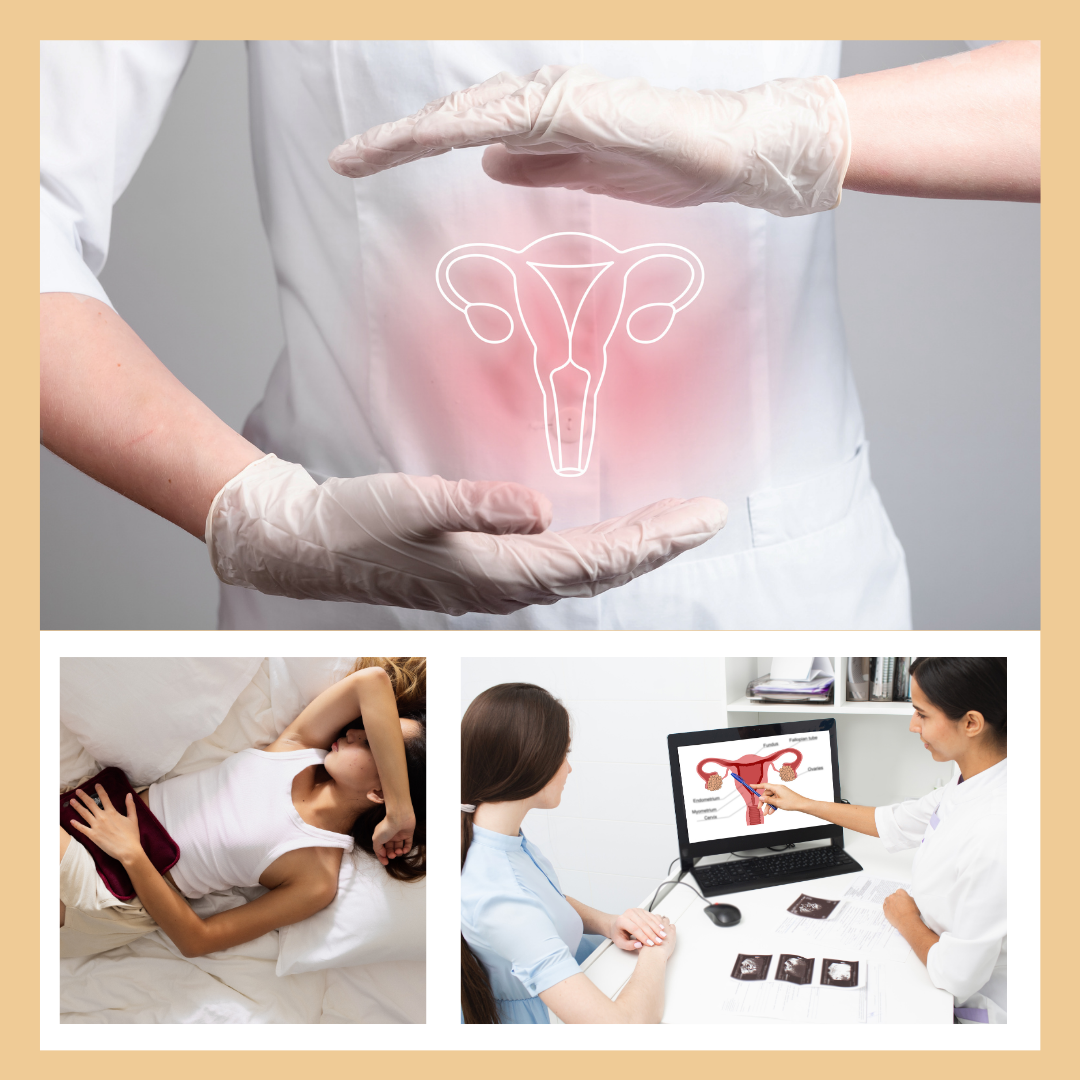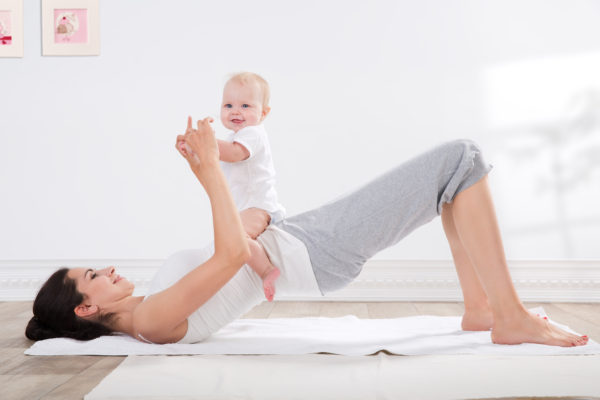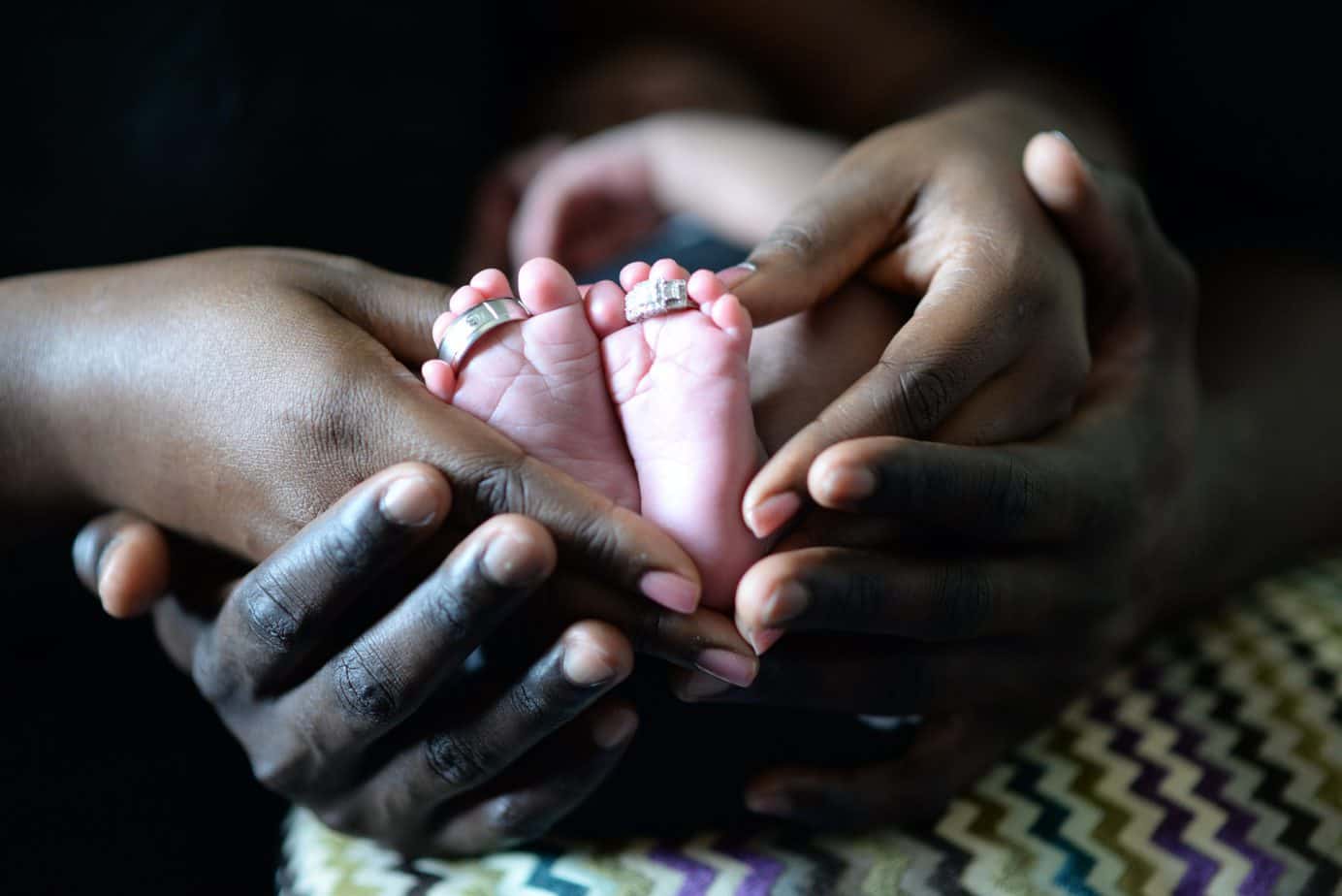Polycystic Ovary Syndrome (PCOS)

Polycystic Ovary Syndrome (PCOS) is a hormonal condition in which women of reproductive age have infrequent or prolonged menstrual periods or excess male hormone levels. The hormonal imbalance which occurs can affect ovulation and therefore fertility in women. PCOS is actually one the most common cause for female infertility.
According to the World Health Organization (WHO), there are about 116 million women affected by PCOS worldwide. The exact cause of PCOS is unknown, but there are a few factors that can play a role in developing PCOS.
Factors of PCOS
- Excess insulin, which can lead to diabetes mellitus. Excess insulin can also lead to increased androgen levels which can interfere with ovulation
- Low grade inflammation can lead to increased androgen levels due to increased stimulation of polycystic ovaries. This can also cause heart and blood vessel issues.
- Heredity
- Excess androgen, which can result in acne and excess hair growth
Physical Therapy and PCOS
Unfortunately there is no cure for PCOS so medical management is aimed to reduce symptoms and work to balance hormone levels. Pelvic health physical therapy can help to manage many pelvic symptoms. Many patients with PCOS can experience abdominal pain, pelvic pain, urinary and/or bowel dysfunction, and pain with intercourse. All these issues are well within the wheel house of pelvic health physical therapy.
Pelvic physical therapy can address these issues using manual therapy such as internal vaginal trigger point release and visceral mobilization. Internal vaginal trigger point release and stretching can be useful to relax the internal pelvic floor muscles. The physical therapist can also perform visceral mobilization, which is a manual technique used to improve organ motility and mobility and can help to improve fertility.
Visceral mobilization involves mobilizing the tissues of the organs and the connective tissue that surrounds it and is interwoven with all the other organs, muscles, tendons and ligaments in the body. It is a form of manual therapy that is directed at the organs of the body in the abdominal and pelvic region.







